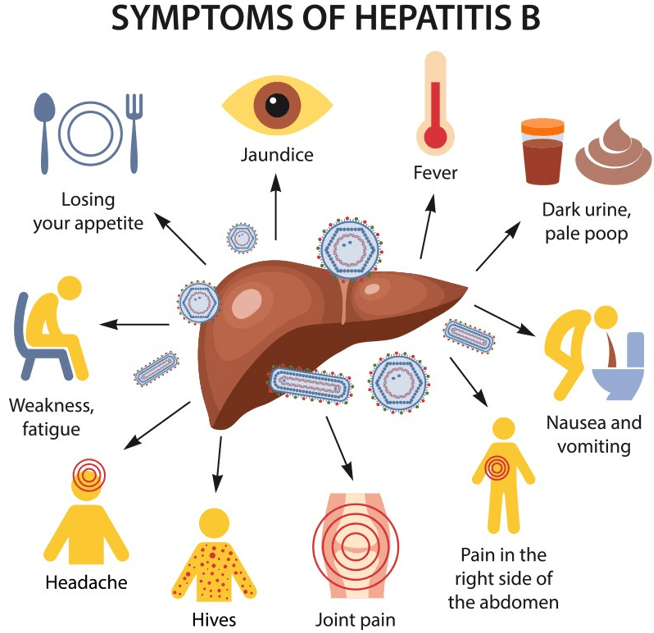After administering pantoprazole to a client with gastroesophageal reflux disorder (GERD), which statement by the client indicates to the practical nurse (PN) that the medication is producing the desired effect?
"I did not experience any heartburn after eating lunch.".
"I am able to swallow all the food on my tray without difficulty.".
"I no longer need to strain to have a bowel movement.".
"I have a great appetite and am feeling really hungry.".
The Correct Answer is A
Choice A rationale:
Pantoprazole is a proton pump inhibitor used to treat GERD by reducing stomach acid production. If the client reports not experiencing heartburn after eating lunch, it indicates that the medication is effectively reducing stomach acid and alleviating GERD symptoms.
Choice B rationale:
The ability to swallow food without difficulty is not directly related to the desired effect of pantoprazole. It may be an important aspect of the client's overall condition, but it does not specifically indicate the efficacy of the medication in treating GERD.
Choice C rationale:
Having no difficulty straining for a bowel movement is unrelated to the desired effect of pantoprazole in treating GERD. Pantoprazole does not directly influence bowel movements.
Choice D rationale:
Having a great appetite and feeling hungry are not relevant indicators of the effectiveness of pantoprazole in treating GERD. These statements are more related to the client's appetite and overall well-being rather than the response to the medication.
Nursing Test Bank
Naxlex Comprehensive Predictor Exams
Related Questions
Correct Answer is ["A","B","E"]
No explanation
Correct Answer is B
Explanation
This is the greatest health risk for this client because he is likely to inject cocaine and heroin intravenously and share needles with other drug users, which can transmit blood-borne infections such as hepatitis B or C. Hepatitis can cause liver inflammation, cirrhosis, or cancer and may be fatal if untreated.

Whether you are a student looking to ace your exams or a practicing nurse seeking to enhance your expertise , our nursing education contents will empower you with the confidence and competence to make a difference in the lives of patients and become a respected leader in the healthcare field.
Visit Naxlex, invest in your future and unlock endless possibilities with our unparalleled nursing education contents today
Report Wrong Answer on the Current Question
Do you disagree with the answer? If yes, what is your expected answer? Explain.
Kindly be descriptive with the issue you are facing.
